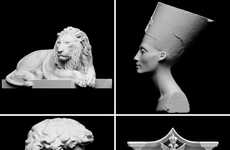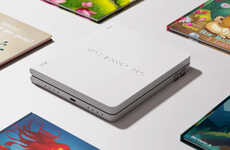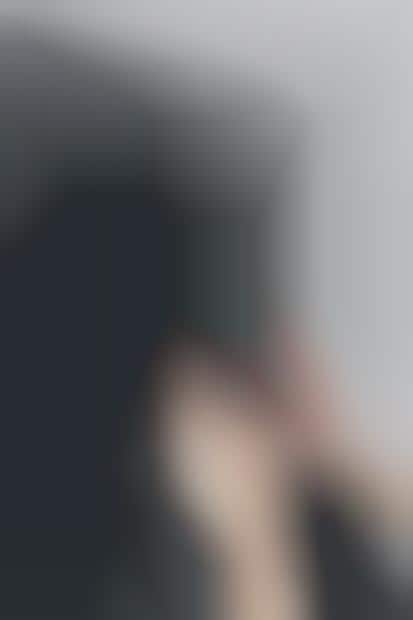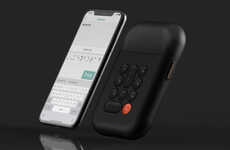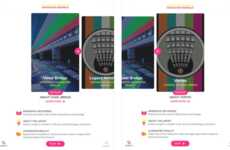
This Project Helps the Visually Impaired Experience the World of Art
Katherine Pendrill — November 26, 2015 — Social Good
References: indiegogo & magazine.good.is
Marc Dillon recently teamed up with the operating system maker 'Jolla' to help the visually impaired experience the world of art. For those who are blind or visually impaired, classic artwork has often remained out of reach. This project provides a new way to experience traditional art forms.
'Unseen Art' is a project that aims to make iconic works of art accessible to those who are visually impaired. The project involves scanning high-resolution photographs of many different paintings. The designers then use 3D modeling software to create a multi-dimensional interpretation of each piece. The 3D models contain tactile details that can be felt by those who are unable to see. As a result, the models help the visually impaired access traditional works of art.
Unseen Art is currently running an Indiegogo campaign to continue producing the 3D paintings.
'Unseen Art' is a project that aims to make iconic works of art accessible to those who are visually impaired. The project involves scanning high-resolution photographs of many different paintings. The designers then use 3D modeling software to create a multi-dimensional interpretation of each piece. The 3D models contain tactile details that can be felt by those who are unable to see. As a result, the models help the visually impaired access traditional works of art.
Unseen Art is currently running an Indiegogo campaign to continue producing the 3D paintings.
Trend Themes
1. Tactile 3D Printing - 3D printing that creates tactile objects for the visually impaired.
2. Accessible Art - Using technology to make art accessible to the visually impaired.
3. Multi-dimensional Modeling - Creating 3D models that provide tactile details for the visually impaired to experience the world of art.
Industry Implications
1. Artificial Intelligence - AI can be used for image recognition to help create more high-quality 3D models for the visually impaired.
2. Healthcare - Tactile 3D modeling can be applied in healthcare for creating 3D-printed prosthetics.
3. Education - Tactile 3D printing can be used in the education industry to create tactile models for visually impaired students.
4.8
Score
Popularity
Activity
Freshness

